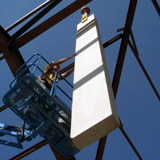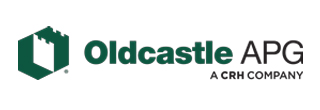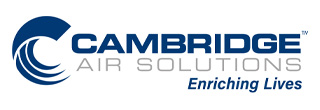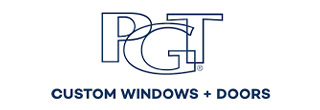Jacksonville, FL - Wednesday September 9, 2020
Cancelled

Jacksonville, FL
Event Date
Wednesday September 9, 2020
7:30 am -
Available Credits
Up to 8 AIA HSW/LU CE Hour(s)
Up to 2 GBCI General Hour
Maggiano's Little Italy
Jacksonville, FL
Registration Price
Event Agenda
Wednesday, September 9, 2020
7:30 am
|
Sponsored By Ron Blank & Associates Inc. |
8:00 am
|
Sponsored By Eagle Roofing 1 AIA HSW/LU CE Hour(s) 1 GBCI General Hour Learning Objectives:
|
9:00 am
|
Sponsored By International Cellulose Corporation 1 AIA HSW/LU CE Hour(s) 1 GBCI General Hour Learning Objectives:
|
10:00 am
|
Sponsored By Ron Blank & Associates Inc. 1 AIA HSW/LU CE Hour(s) Learning Objectives:
|
11:00 am
|
Sponsored By Oldcastle APG 1 AIA HSW/LU CE Hour(s) Learning Objectives:
|
12:00 pm
|
|
1:00 pm
|
|
2:00 pm
|
Sponsored By Cambridge Air Solutions - No 1 AIA LU CE Hour(s) Learning Objectives:
|
3:00 pm
|
Sponsored By PGT Custom Windows & Doors 2 AIA HSW/LU CE Hour(s) 2 FABC CE Hour Learning Objectives:
|
State CE Requirements
|
Florida Board of Architecture and Interior Design (850) 487-1395 Renewal Cycle: Biennial Total Hours Required: 24 Detailed Hours Required: 22 HSW, 2 Florida building code Renewal Deadline: December 31st even years |
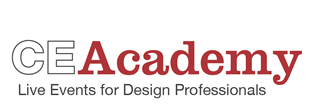
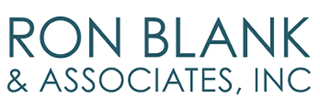
.jpg)



